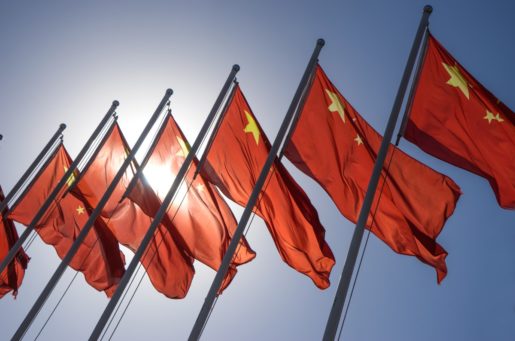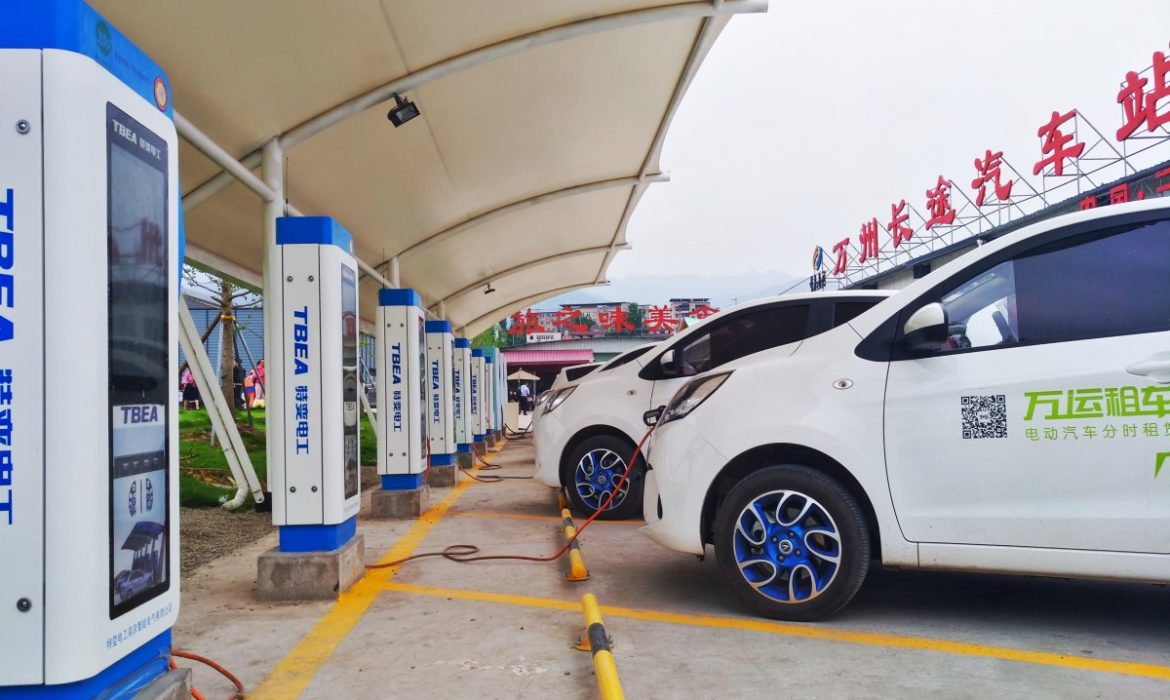China wants to build a new energy vehicle, and its economy will depend on it. A former Audi engineer in Germany, Wan Gang, about a decade ago, convinced the government of China to roll out a national strategy developing new energy vehicles and spend on its billions of dollars.
It resulted in the country to become the largest consumer of electric vehicles in the world. Also, China is the leader in battery technology.
As a result, China’s electric car companies are struggling with slow economic growths. The subsidies are phased out.
An idea struck a chord with the national ambition of China. As a result, the country wasted millions of dollars. It also had a handful of start-ups struggling with surviving in a cooling economy.
Backed by the Chinese government, venture capitalists rushed to pour billions of dollars into the emerging electric vehicle industry. It was happening in the last few years.
It is unclear how they will pay off. Alibaba-backed XPeng tapped its CEO and Chairman He Xiaopeng for a $400 million investment round in November. In the round electronics company, Xiaomi participated as a strategic investor.
Arguably China’s closest competitor with Tesla, U.S.-listed Nios shares are down more than 50% this year to about $2.70 each.
In late October, Shenzhen-based BYD said net profits, ex-items, fell 130.1% in the third quarter. Warren Buffet is an investor of the Shenzhen-based BYD. The shares of the Hong-Kong are down 25% for the year so far.

Beijing’s efforts over the last decade for accelerating the creation of China’s electric war have some handful of survivors.
Next year the consumer subsidies for new energy vehicles will phase out. Also, economic growth is slowing, and Chinese auto sales are in a slump.
Electric Car Company of China
The chief strategy officer at the Chinese electric car company WM Motor is Rupert Mitchell. The company founded in 2015 by a former Geely and Volvo executive. Rupert Mitchell said that start-ups didn’t expect the subsidies to last this long.
In late November, chief strategy offices told CNBC that no one anticipated a fully blown automotive downturn in Chinese History.
Wan Gan was an engineer for Audi in Germany. After it, he returned to China in the early 2000s. In ten years, despite not being a member of the Chinese Communist Party, he managed to become China’s minister of Science and Technology.
Wan Gang convinced the government of China to roll out a national strategy developing new energy vehicles and spend on its billions of dollars. Beijing had the ambition to become a global leader in emerging technology. Simultaneously it tied into efforts to combat the pollution.
Between 2009 and 2015, the central government spent at least 33.4 billion yuan in subsidies. It is what the Ministry of Finance reports.
Through wind information, the China Automotive Industry Association published data. It said that at the height of the subsidy-driven boom, the number of new energy vehicles sold in 2014 more than quadrupled from the year before. And it multiplied by more than four times in 2015 to more than 330,000 cars.
Let’s see how China will handle this economic issue.













